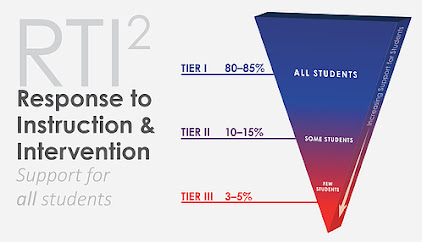Advocacy & Resources for Families

Advocacy & Resources for Families and Students with disabilities Source: (Oakes, 2015) American College of Education (ACE)(2019) states that advocacy for the needs of students with disabilities involves the partnership of parents, caregivers, and school stakeholders. Parents advocate for their children by being informed of the disability, aware of information from medical providers, teachers, specialists, connected with other parents and understand their rights. Moreover, school stakeholders can support advocacy by communicating with parents effectively, consistently and provide them with useful resources that can be used to assist their children's needs. Teachers can also provide assistance to parents and caregivers by assembling organized folders with documents reflecting vital student academic records and special education services. 10 available resources to support parents and their children with disabilities in special education settings and at home 1. Parent's Right...



